
How to Refresh an Element Using JavaScript
November 8, 2023
Refreshing an element with JavaScript involves updating the content or style of a webpage element without reloading the entire page. This process is commonly utilized in dynamic web applications to provide a seamless user experience.
Understanding the DOM
The Document Object Model (DOM) is the data representation of the objects that comprise the structure and content of a document on the web. JavaScript interacts with the DOM to update the content, structure, and style of a page.
document.getElementById('elementId');
Selecting the Element
To refresh an element, first select the element using methods like getElementById, getElementsByClassName, or querySelector.
var element = document.getElementById('elementId');
Modifying Content
The innerHTML property can change the content of an element, effectively refreshing it with new data.
element.innerHTML = 'New content';
Modifying Styles
To change the style of an element, access the style property and set it to the new value.
element.style.color = 'blue';
You could ship faster.
Imagine the time you'd save if you never had to build another internal tool, write a SQL report, or manage another admin panel again. Basedash is built by internal tool builders, for internal tool builders. Our mission is to change the way developers work, so you can focus on building your product.
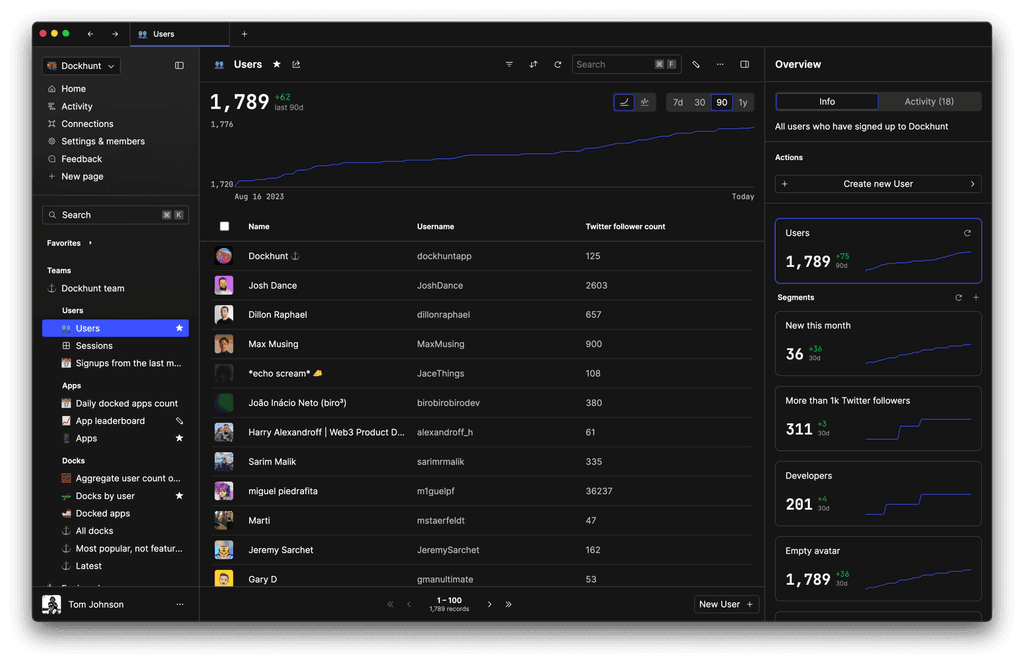
Using AJAX for Data Refresh
Asynchronous JavaScript and XML (AJAX) allows for the update of an element with fresh data from the server without a page reload.
var xhr = new XMLHttpRequest(); xhr.onreadystatechange = function() { if (this.readyState == 4 && this.status == 200) { element.innerHTML = this.responseText; } }; xhr.open('GET', 'server-content.html', true); xhr.send();
Implementing Fetch API
The Fetch API provides a modern alternative to XMLHttpRequest for making network requests and updating elements.
fetch('server-content.html') .then(response => response.text()) .then(data => { element.innerHTML = data; });
Listening to Events
Event listeners can trigger element refreshes in response to user interactions.
element.addEventListener('click', function() { this.innerHTML = 'Content updated!'; });
Using JavaScript Frameworks
Frameworks like React, Angular, or Vue.js offer their own methods for refreshing elements, often improving performance and reducing code complexity.
// Example with React this.setState({ elementData: 'New data' });
TOC
November 8, 2023
Refreshing an element with JavaScript involves updating the content or style of a webpage element without reloading the entire page. This process is commonly utilized in dynamic web applications to provide a seamless user experience.
Understanding the DOM
The Document Object Model (DOM) is the data representation of the objects that comprise the structure and content of a document on the web. JavaScript interacts with the DOM to update the content, structure, and style of a page.
document.getElementById('elementId');
Selecting the Element
To refresh an element, first select the element using methods like getElementById, getElementsByClassName, or querySelector.
var element = document.getElementById('elementId');
Modifying Content
The innerHTML property can change the content of an element, effectively refreshing it with new data.
element.innerHTML = 'New content';
Modifying Styles
To change the style of an element, access the style property and set it to the new value.
element.style.color = 'blue';
You could ship faster.
Imagine the time you'd save if you never had to build another internal tool, write a SQL report, or manage another admin panel again. Basedash is built by internal tool builders, for internal tool builders. Our mission is to change the way developers work, so you can focus on building your product.

Using AJAX for Data Refresh
Asynchronous JavaScript and XML (AJAX) allows for the update of an element with fresh data from the server without a page reload.
var xhr = new XMLHttpRequest(); xhr.onreadystatechange = function() { if (this.readyState == 4 && this.status == 200) { element.innerHTML = this.responseText; } }; xhr.open('GET', 'server-content.html', true); xhr.send();
Implementing Fetch API
The Fetch API provides a modern alternative to XMLHttpRequest for making network requests and updating elements.
fetch('server-content.html') .then(response => response.text()) .then(data => { element.innerHTML = data; });
Listening to Events
Event listeners can trigger element refreshes in response to user interactions.
element.addEventListener('click', function() { this.innerHTML = 'Content updated!'; });
Using JavaScript Frameworks
Frameworks like React, Angular, or Vue.js offer their own methods for refreshing elements, often improving performance and reducing code complexity.
// Example with React this.setState({ elementData: 'New data' });
November 8, 2023
Refreshing an element with JavaScript involves updating the content or style of a webpage element without reloading the entire page. This process is commonly utilized in dynamic web applications to provide a seamless user experience.
Understanding the DOM
The Document Object Model (DOM) is the data representation of the objects that comprise the structure and content of a document on the web. JavaScript interacts with the DOM to update the content, structure, and style of a page.
document.getElementById('elementId');
Selecting the Element
To refresh an element, first select the element using methods like getElementById, getElementsByClassName, or querySelector.
var element = document.getElementById('elementId');
Modifying Content
The innerHTML property can change the content of an element, effectively refreshing it with new data.
element.innerHTML = 'New content';
Modifying Styles
To change the style of an element, access the style property and set it to the new value.
element.style.color = 'blue';
You could ship faster.
Imagine the time you'd save if you never had to build another internal tool, write a SQL report, or manage another admin panel again. Basedash is built by internal tool builders, for internal tool builders. Our mission is to change the way developers work, so you can focus on building your product.

Using AJAX for Data Refresh
Asynchronous JavaScript and XML (AJAX) allows for the update of an element with fresh data from the server without a page reload.
var xhr = new XMLHttpRequest(); xhr.onreadystatechange = function() { if (this.readyState == 4 && this.status == 200) { element.innerHTML = this.responseText; } }; xhr.open('GET', 'server-content.html', true); xhr.send();
Implementing Fetch API
The Fetch API provides a modern alternative to XMLHttpRequest for making network requests and updating elements.
fetch('server-content.html') .then(response => response.text()) .then(data => { element.innerHTML = data; });
Listening to Events
Event listeners can trigger element refreshes in response to user interactions.
element.addEventListener('click', function() { this.innerHTML = 'Content updated!'; });
Using JavaScript Frameworks
Frameworks like React, Angular, or Vue.js offer their own methods for refreshing elements, often improving performance and reducing code complexity.
// Example with React this.setState({ elementData: 'New data' });
What is Basedash?
What is Basedash?
What is Basedash?
Ship faster, worry less with Basedash
Ship faster, worry less with Basedash
Ship faster, worry less with Basedash
You're busy enough with product work to be weighed down building, maintaining, scoping and developing internal apps and admin panels. Forget all of that, and give your team the admin panel that you don't have to build. Launch in less time than it takes to run a standup.
You're busy enough with product work to be weighed down building, maintaining, scoping and developing internal apps and admin panels. Forget all of that, and give your team the admin panel that you don't have to build. Launch in less time than it takes to run a standup.
You're busy enough with product work to be weighed down building, maintaining, scoping and developing internal apps and admin panels. Forget all of that, and give your team the admin panel that you don't have to build. Launch in less time than it takes to run a standup.
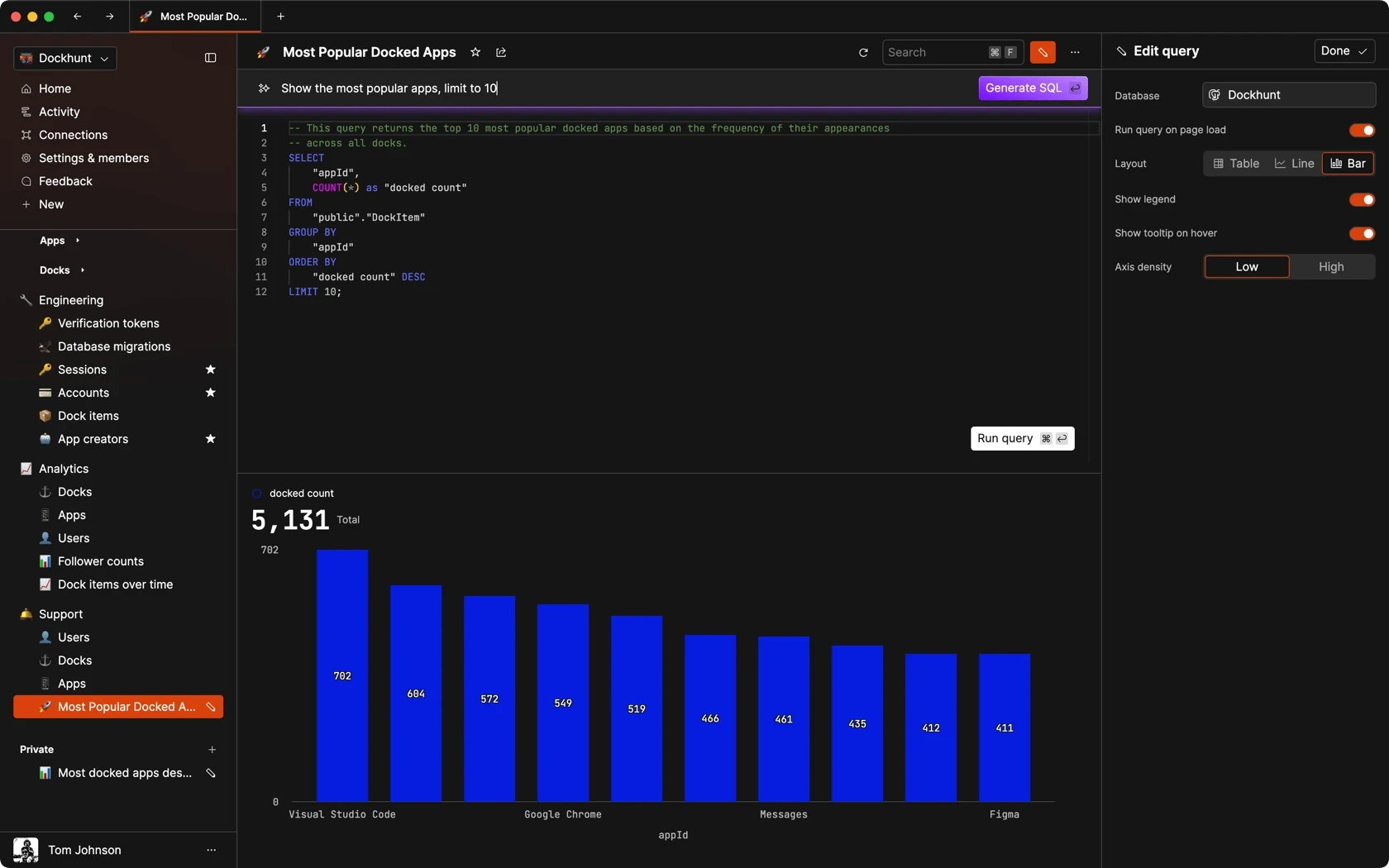
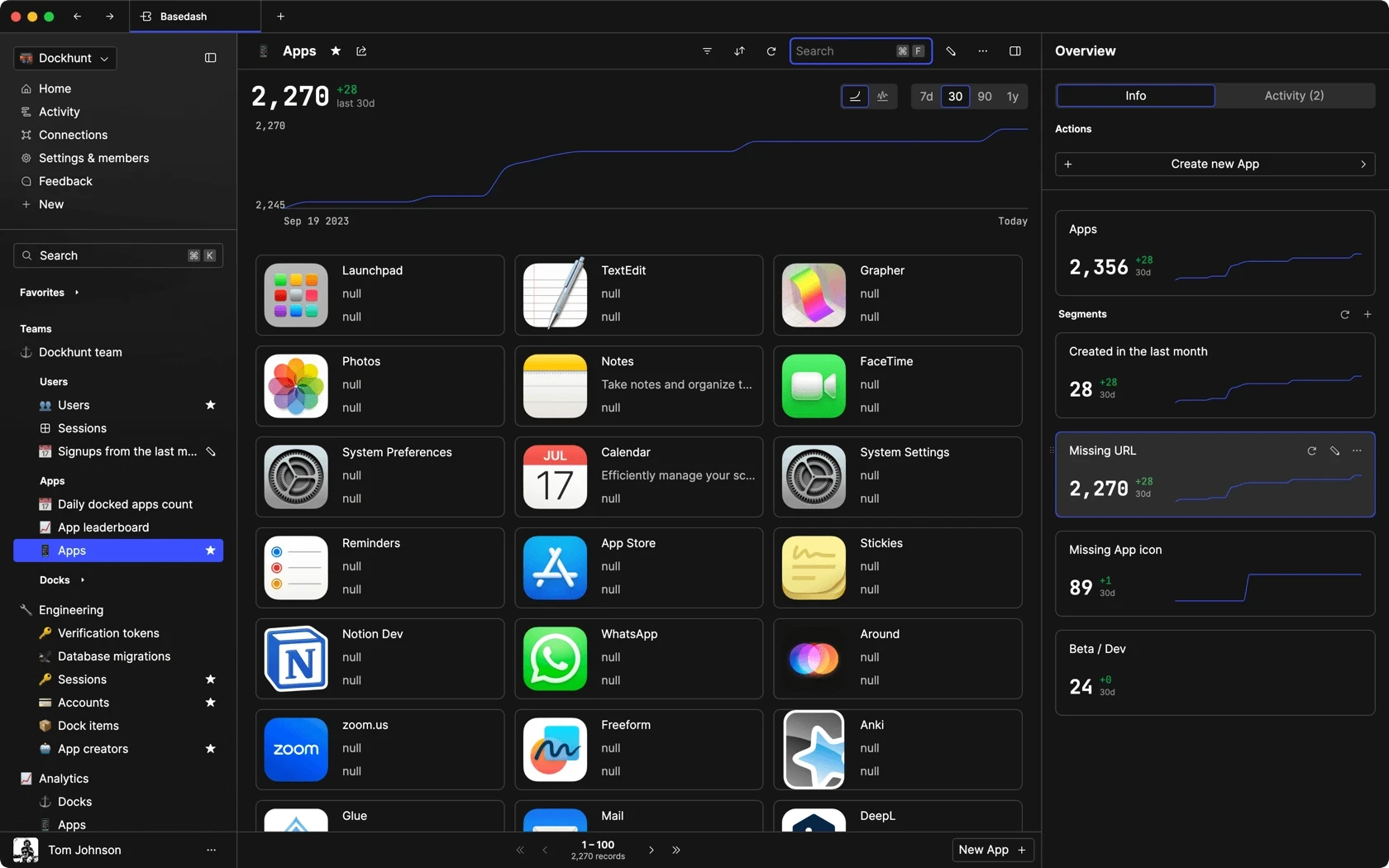
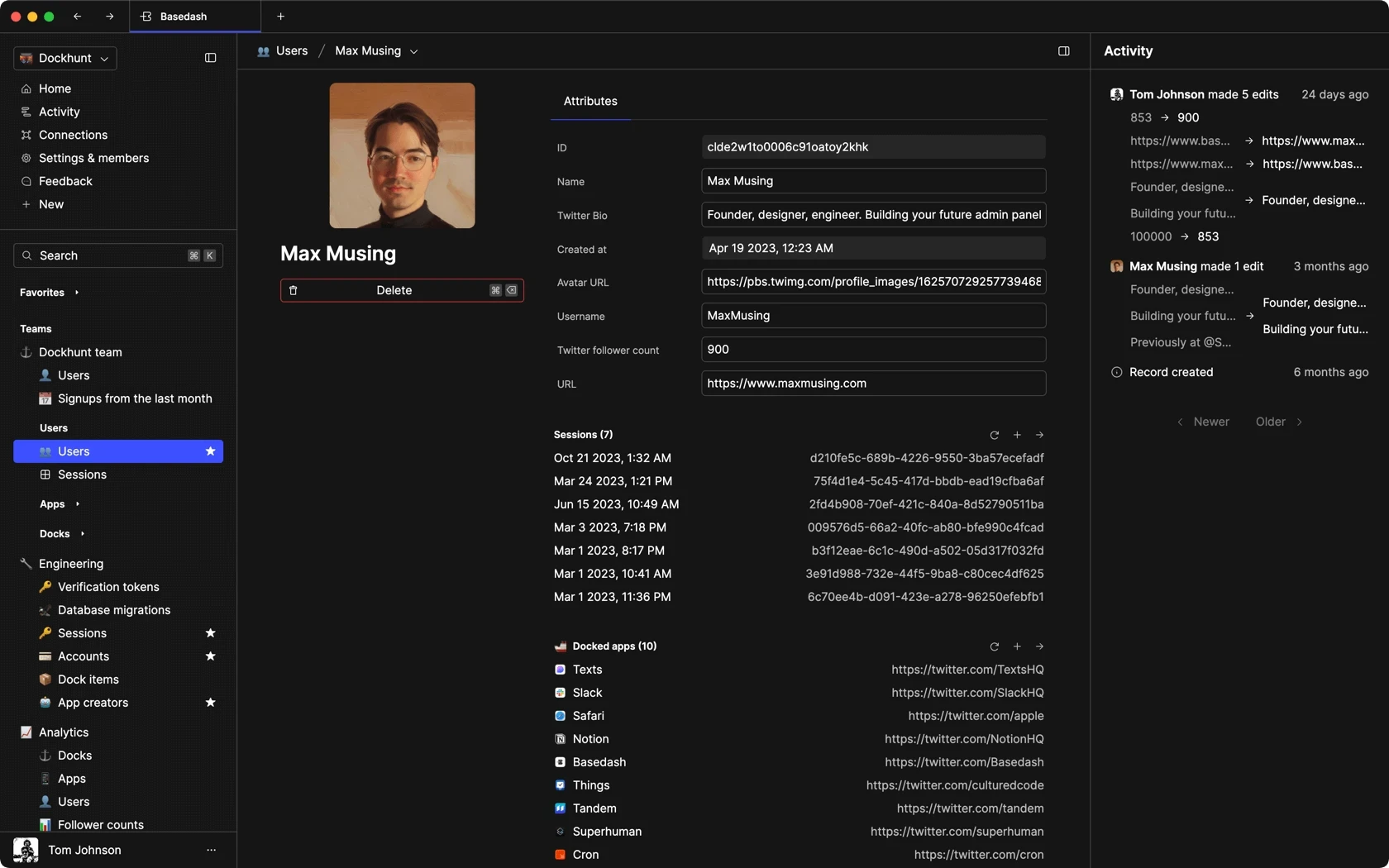
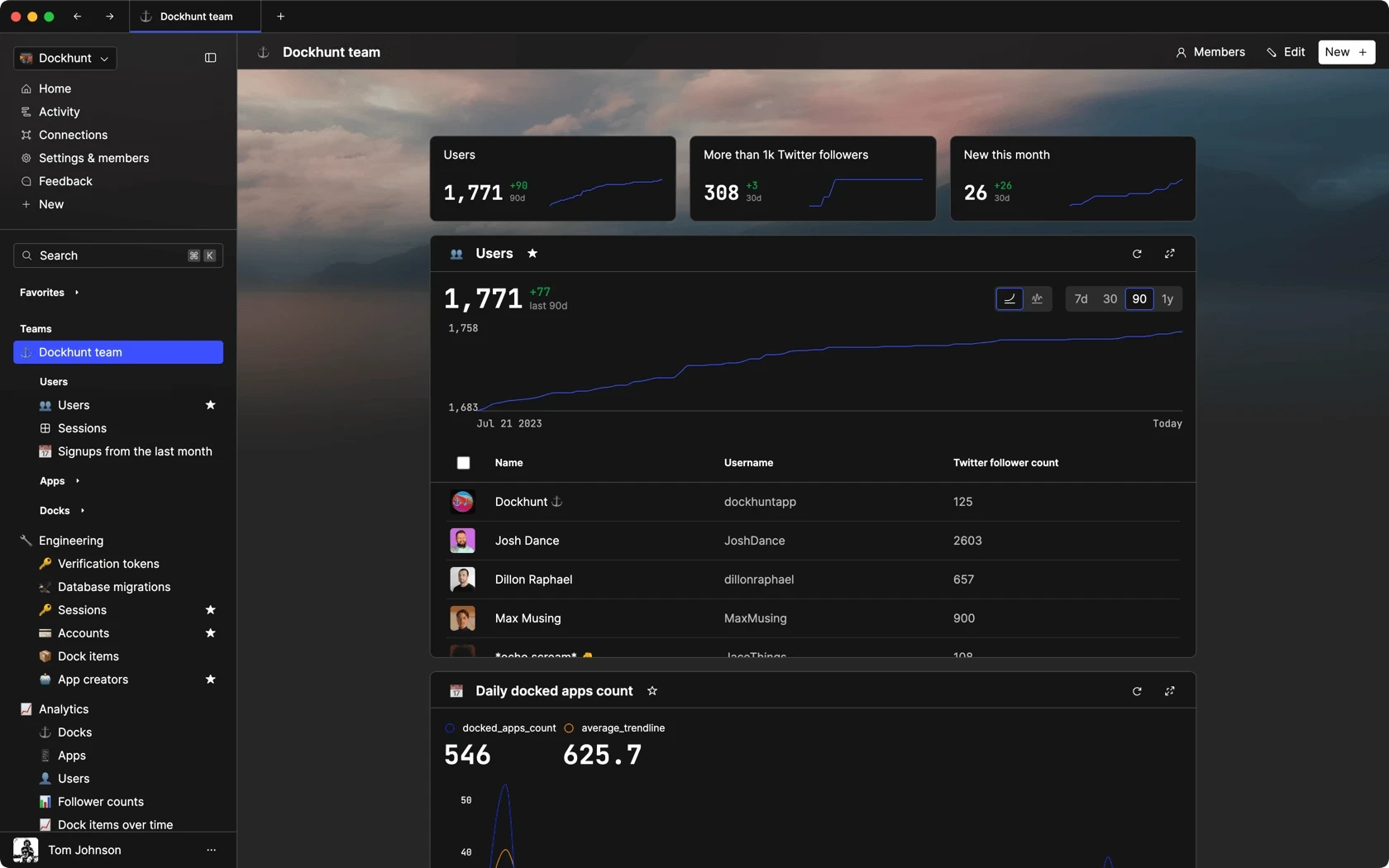
Dashboards and charts
Edit data, create records, oversee how your product is running without the need to build or manage custom software.
USER CRM
ADMIN PANEL
SQL COMPOSER WITH AI
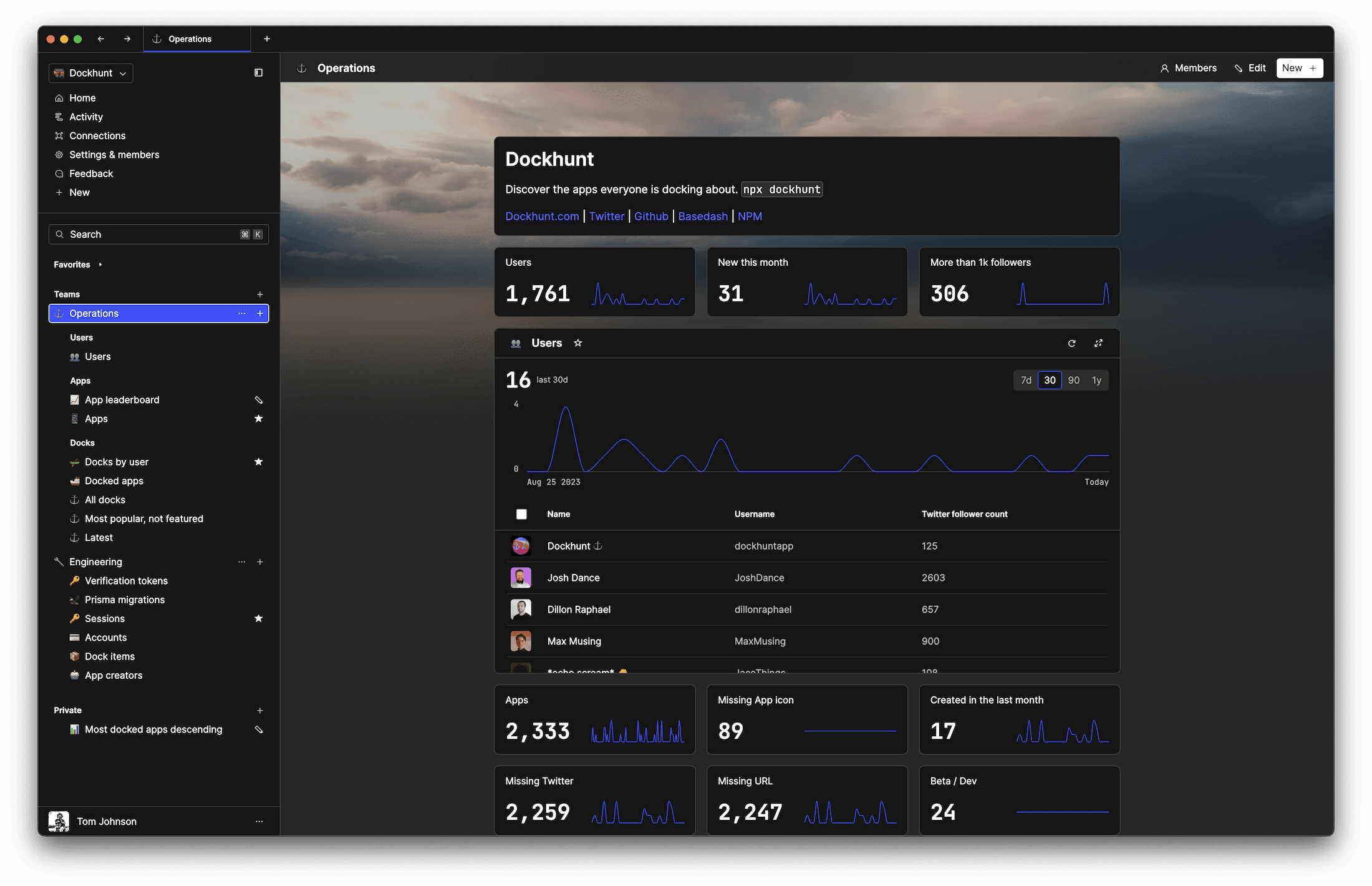
Related posts
Related posts
Related posts



How to Remove Characters from a String in JavaScript
Jeremy Sarchet



How to Sort Strings in JavaScript
Max Musing



How to Remove Spaces from a String in JavaScript
Jeremy Sarchet



Detecting Prime Numbers in JavaScript
Robert Cooper



How to Parse Boolean Values in JavaScript
Max Musing



How to Remove a Substring from a String in JavaScript
Robert Cooper
